When you see "natural" on a hair color box, you might picture henna leaves, aloe vera, and chamomile-nothing synthetic, nothing harsh. But here’s the truth: natural doesn’t mean chemical-free. Not even close. Many products labeled "natural" still contain ingredients that can irritate your scalp, damage your hair, or trigger allergies. And some? They’re just clever marketing with a few plant extracts thrown in.
What Do "Natural" Hair Colors Actually Contain?
The most common natural ingredients you’ll find are plant-based pigments. Henna (Lawsonia inermis) is the big one. It doesn’t just color hair-it coats it. The active compound, lawsone, binds to keratin and gives a reddish-orange tint. It’s permanent. No ammonia needed. But if you want brown, you need indigo (Indigofera tinctoria), which adds blue tones. Mix henna and indigo in a 3:1 ratio, and you get a medium brown. Do it wrong? Your hair turns orange or muddy.
Other plants play supporting roles. Amla (Emblica officinalis) conditions and helps henna stick better. Shikakai (Acacia concinna) cleanses gently. Brahmi and bhringraj are used in Ayurvedic formulas for scalp health. These aren’t just fillers-they’ve been used for centuries. But here’s the catch: most brands don’t use 100% pure powders. They mix them with additives to improve texture, shelf life, or color speed.
Not All "Natural" Is Created Equal
Some brands are honest. The Henna Guys use only four ingredients: henna, indigo, senna, and amla. That’s it. No ethanolamine, no parabens, no hydrogen peroxide. Their medium brown shade takes 6-8 hours to develop. It’s slow. But it’s clean.
Then there’s Naturtint. Their box says "ammonia-free," and it’s true. But they still use 7% hydrogen peroxide as a developer. That’s the same chemical used in salon dyes to open the hair cuticle and deposit color. They also include ethanolamine-a known skin irritant-in some formulas. Their USDA Biobased certification? That just means 57% of the carbon in the product comes from plants. It doesn’t mean it’s safe or non-toxic.
EcoColors claims to be "chemical-free," but their darker shades contain 2% p-phenylenediamine (PPD)-a known allergen banned in some countries. The Environmental Working Group’s Skin Deep database gives them a hazard rating of 4 out of 10. Khadi, on the other hand, uses only henna and senna. Rating? 1 out of 10. Pure. Simple. Safe.
What’s Missing from the Label?
Brands don’t have to list every ingredient if it’s below 1%. That’s how you get essential oils like citral, eugenol, and limonene hiding in plain sight. They’re natural-but they’re also common allergens. Sante’s "rouge" shade includes them at 0.5%, 0.3%, and 0.7% respectively. If you’re sensitive, your scalp will burn.
And then there’s the "organic" label. Naturigin claims 96.3% organic or naturally derived ingredients. That sounds impressive. But what does "naturally derived" mean? It could be a chemically modified plant extract. For example, some "natural" oils are processed with solvents like hexane. The final product might be plant-based, but the process isn’t.
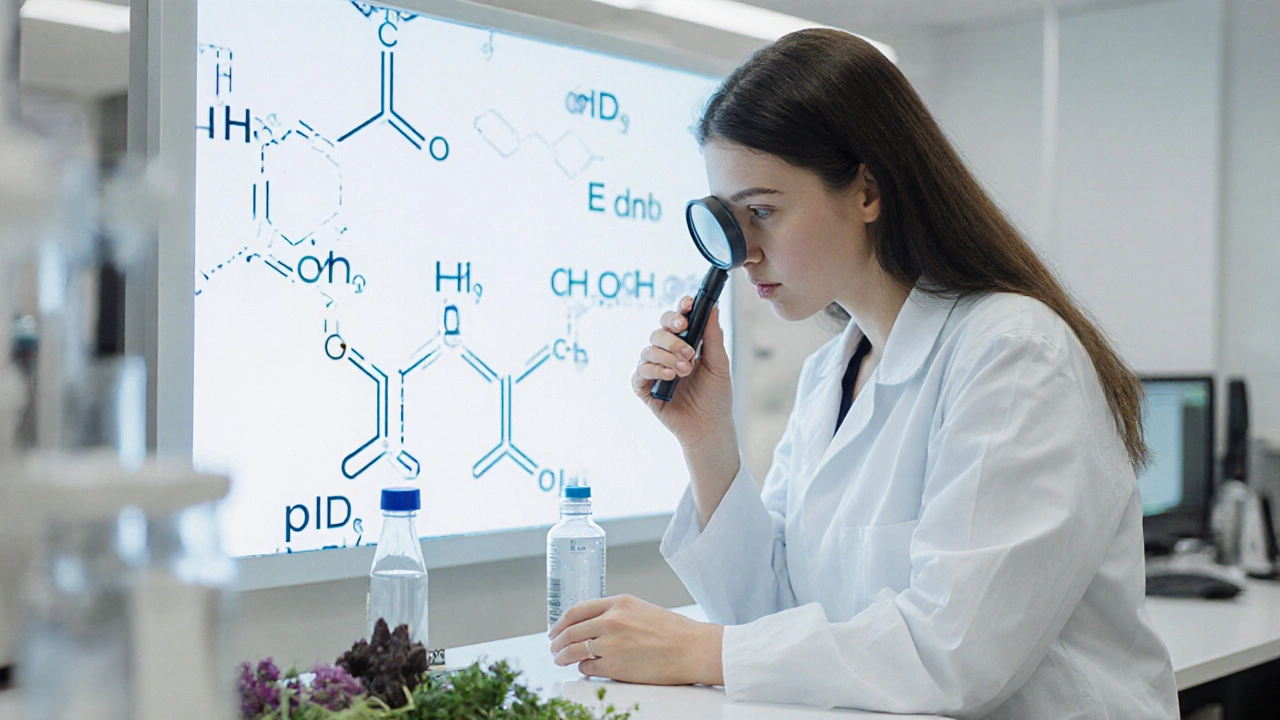
Real Results: What Works and What Doesn’t
Users of henna-based dyes report excellent gray coverage-up to 90% in some cases. But only if the hair is clean, dry, and untreated. If you’ve used box dye before? You’re in for surprises. One Reddit user reported her bleached ends turned bright orange after using The Henna Guys. That’s not a defect. That’s chemistry. Henna doesn’t lift color-it adds to it. On bleached hair, it builds up in layers and turns fiery.
Semi-permanent natural dyes like Naturtint last 10-15 washes. That’s less than conventional dyes, which can last 20+ washes. But they’re gentler. Users praise the lack of ammonia smell and reduced hair breakage. Negative reviews? Color doesn’t match the box. That’s because natural dyes react differently based on your hair’s porosity, previous treatments, and even water hardness.
How to Use Natural Hair Color Right
If you’re switching from chemical dyes, here’s how to avoid disaster:
- Do a strand test. Apply the dye to a small section and wait 24-48 hours. Watch for color changes, itching, or redness.
- Don’t wash your hair first. Natural dyes work best on dry, unwashed hair. Natural oils help the pigment stick.
- Give it time. Henna needs 6-12 hours. Don’t rush it. The longer it sits, the deeper the color.
- Use a non-metallic bowl and spoon. Metal reacts with henna and changes the color.
- Expect unevenness. Natural dyes don’t cover like chemicals. Gray hairs might take color faster than pigmented ones.

Why the Market Is Growing-And Why It’s Still Small
The global natural hair color market hit $1.87 billion in 2022 and is growing at 7.2% a year. People are tired of scalp burns, brittle hair, and chemical smells. Ulta Beauty saw a 32% sales jump in natural hair color last year. Most buyers? Women aged 25-44 who care about ingredients.
But here’s the reality: natural dyes still make up less than 9% of the total hair color market. Why? Because they can’t match the range. Conventional dyes offer over 100 shades. Natural dyes? Maybe 10-15. Want platinum blonde? Forget it. Want vivid purple? Not happening without synthetic pigments.
Even the FDA has rules that limit what’s allowed. Henna is approved only for temporary skin decoration-not permanent hair coloring. That’s why many brands skirt the line, calling it "hair stain" or "herbal treatment." It’s legal, but misleading.
What’s Next for Natural Hair Color?
Innovation is happening. EcoColors just launched a PPD-free line using rhubarb root extract. L’Oréal has a patent for beet-based red pigments. Researchers are testing anthocyanins from blackberries and blueberries as potential colorants. But these are still in labs. Not on shelves.
The biggest hurdle? Science. Natural pigments don’t penetrate hair the way synthetic dyes do. They sit on the surface. That’s why they fade faster. That’s why gray coverage is inconsistent. That’s why you can’t get a true black without indigo-or a true red without henna.
For now, the best option is honesty. Know what’s in your product. Read the full ingredient list-not just the front label. If you want pure plant color, go with Khadi or The Henna Guys. If you want faster results and don’t mind a little peroxide, Naturtint is a decent middle ground. But if you see "PPD-free" on a box that still lists "colorant" as an ingredient? That’s a red flag.
Final Thought: Natural Doesn’t Mean Harmless
Just because something comes from a plant doesn’t mean it’s safe. Poison ivy is natural. Belladonna is natural. Henna can cause allergic reactions too-especially if it’s mixed with PPD to darken the color (a common trick in black henna tattoos).
Do your homework. Test before you commit. And don’t let marketing fool you. The goal isn’t to find the "most natural" product. It’s to find the one that works for your hair, your skin, and your values-with no hidden surprises.

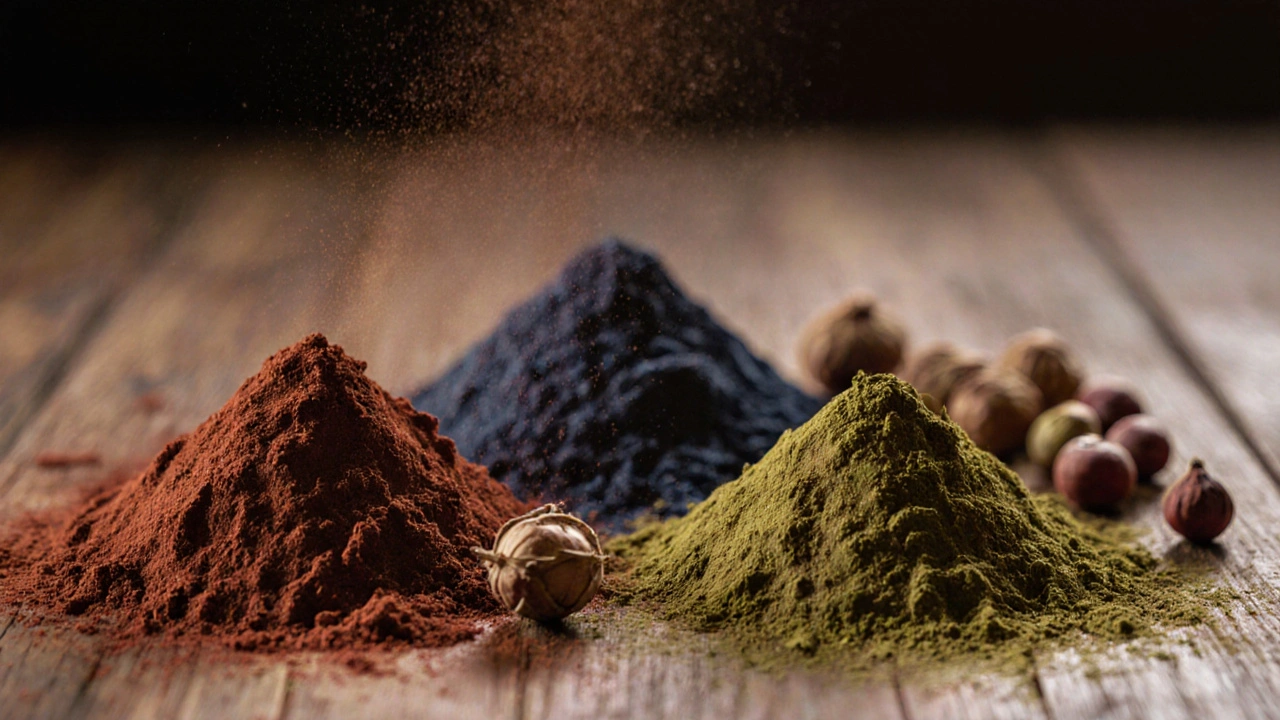
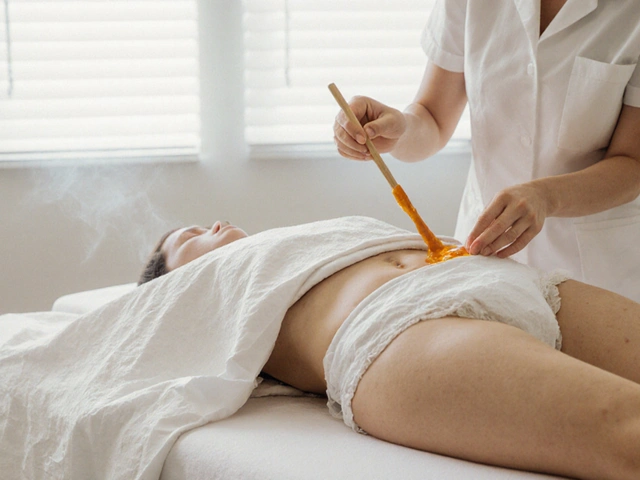

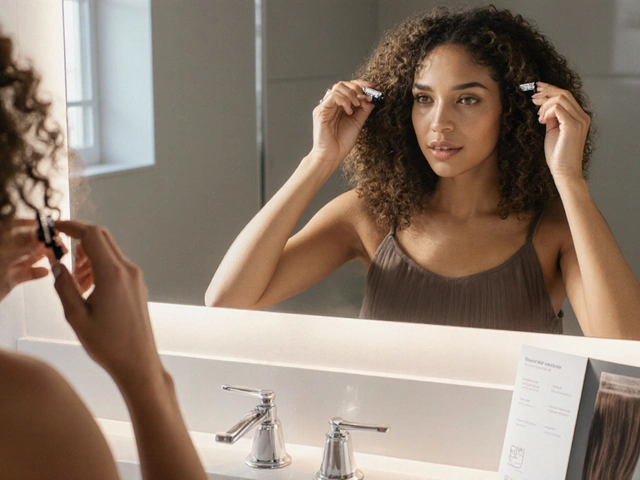
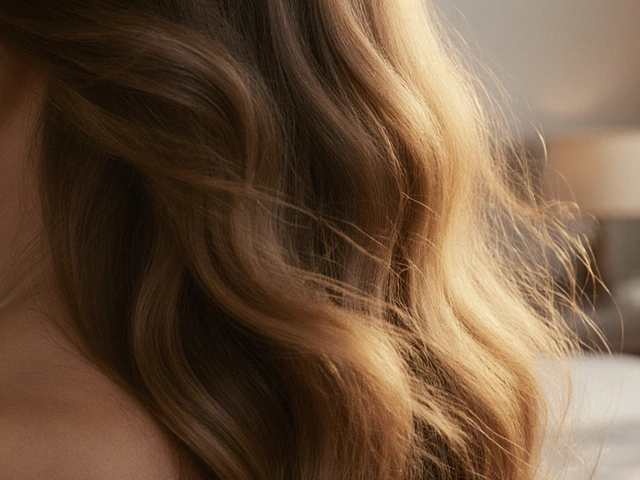
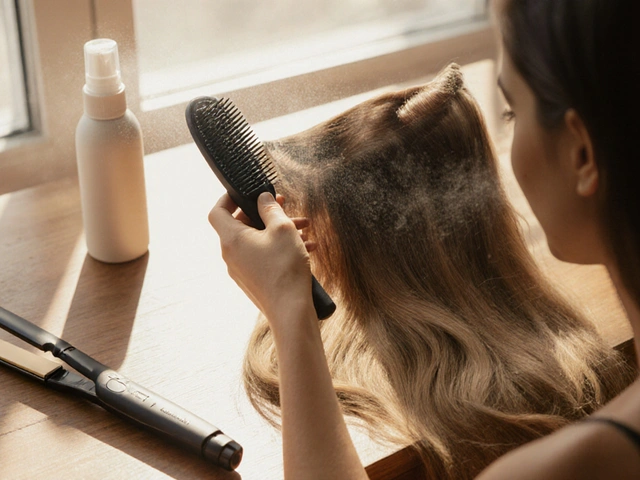
sonny dirgantara
November 21, 2025 AT 12:09so i tried henna last year and my hair looked like a sunset went rogue
but at least it didnt burn my scalp like the box dye did
Andrew Nashaat
November 21, 2025 AT 22:53Let me just say this: if you’re using ‘natural’ hair dye and you’re not reading the full ingredient list like it’s a legal contract-you’re literally letting corporations gaslight you into thinking you’re ‘green.’
PPD is a known allergen. Period. If a brand says ‘PPD-free’ but lists ‘colorant’-that’s not marketing, that’s fraud.
And don’t get me started on ‘naturally derived’-that’s just corporate-speak for ‘we chemically altered a plant and still call it natural.’
Khadi? Good. The Henna Guys? Better. Naturtint? Still a chemical bomb with a vegan sticker.
And yes, I’ve read the FDA guidelines. They’re outdated. But that doesn’t make the lies any less dangerous.
Gina Grub
November 23, 2025 AT 19:20Let’s be real-natural hair color is just the wellness industrial complex’s latest hustle
Same people who buy kale smoothies then pay $40 for ‘herbal’ dye that turns their hair orange
It’s performative purity with zero real science behind it
And don’t even mention the ‘organic’ label-that’s just a legal loophole dressed in hemp
Nathan Jimerson
November 25, 2025 AT 09:08It’s good to know what’s really in these products. Many people don’t realize natural doesn’t mean safe. Taking time to test and research is always worth it.
Sandy Pan
November 25, 2025 AT 12:33There’s a deeper question here-what does ‘natural’ even mean when we’ve industrialized everything, even plants?
We’ve turned henna into a commodity, stripped its cultural context, repackaged it with solvents and preservatives, and sold it back to us as ‘ethical.’
Is it better than ammonia? Yes.
Is it pure? No.
Is it a step toward consciousness? Maybe.
But we’re still buying into a system that commodifies tradition and calls it sustainability.
The real revolution isn’t in the dye-it’s in rejecting the idea that we need to ‘fix’ our hair at all.
Eric Etienne
November 25, 2025 AT 18:14Why are we even talking about this? Just use box dye and be done with it. You’re not saving the planet by putting henna on your hair. You’re just wasting 8 hours and getting orange hair.
Dylan Rodriquez
November 27, 2025 AT 05:45Everyone’s got their own path with hair, and that’s okay.
If henna gives you peace of mind and you’re willing to wait 12 hours for it? That’s valid.
If you need quick results and don’t mind a little peroxide? Also valid.
The real win is choosing based on your body’s needs-not a trend, not a label, not someone else’s Instagram feed.
Test before you commit. Know your hair’s history. And if your scalp tingles? Stop. That’s not ‘developing color’-that’s your body saying no.
We don’t need to be perfect. We just need to be aware.
Amanda Ablan
November 28, 2025 AT 06:28Thank you for breaking this down so clearly. I’ve been using Naturtint for months because it’s ‘ammonia-free’ and didn’t realize it still had hydrogen peroxide.
I’ll be switching to Khadi next time-I’ve got sensitive skin and hate when my scalp feels raw after coloring.
Also, the strand test tip? Huge. I skipped it once and ended up with neon red ends. Not the look I was going for.
Lauren Saunders
November 29, 2025 AT 17:54How quaint. You all treat henna like it’s some ancient wisdom when in reality, it’s just a primitive pigment with inconsistent results.
And calling Khadi ‘pure’? Please. They still use fillers-just ones you can’t pronounce because they’re in Sanskrit.
Meanwhile, the real innovation is in the lab-rhubarb root, anthocyanins, beet-based dyes. That’s science.
But no, we’d rather romanticize mud on hair and call it ‘authentic.’
It’s not purity. It’s performative ignorance dressed in linen.
Meredith Howard
December 1, 2025 AT 12:56It is interesting to note that regulatory frameworks have not kept pace with consumer demand for transparency
Many terms such as natural organic and chemical free lack standardized definitions
Consumers are left to interpret marketing language without sufficient scientific context
This creates a paradox where informed choice is theoretically possible but practically unattainable
Until labeling laws are updated we are all navigating a minefield of ambiguity
Yashwanth Gouravajjula
December 2, 2025 AT 08:09In India, henna is not a trend. It’s tradition. Used for weddings, festivals, healing. Not for Instagram. The commercialization here is strange. Real henna doesn’t come in a box. It’s ground fresh. No additives. Just leaves and water. You don’t need a PhD to know that.
Kevin Hagerty
December 3, 2025 AT 23:02Oh wow you actually read the whole thing? Congrats you’ve achieved Reddit enlightenment
Meanwhile I’m over here with a $12 box dye and a 30 minute appointment wondering why I’m the only sane person left
Also who the hell has 8 hours to sit around smelling like a curry shop?
Also also PPD is fine if you’re not allergic stop being a hypochondriac